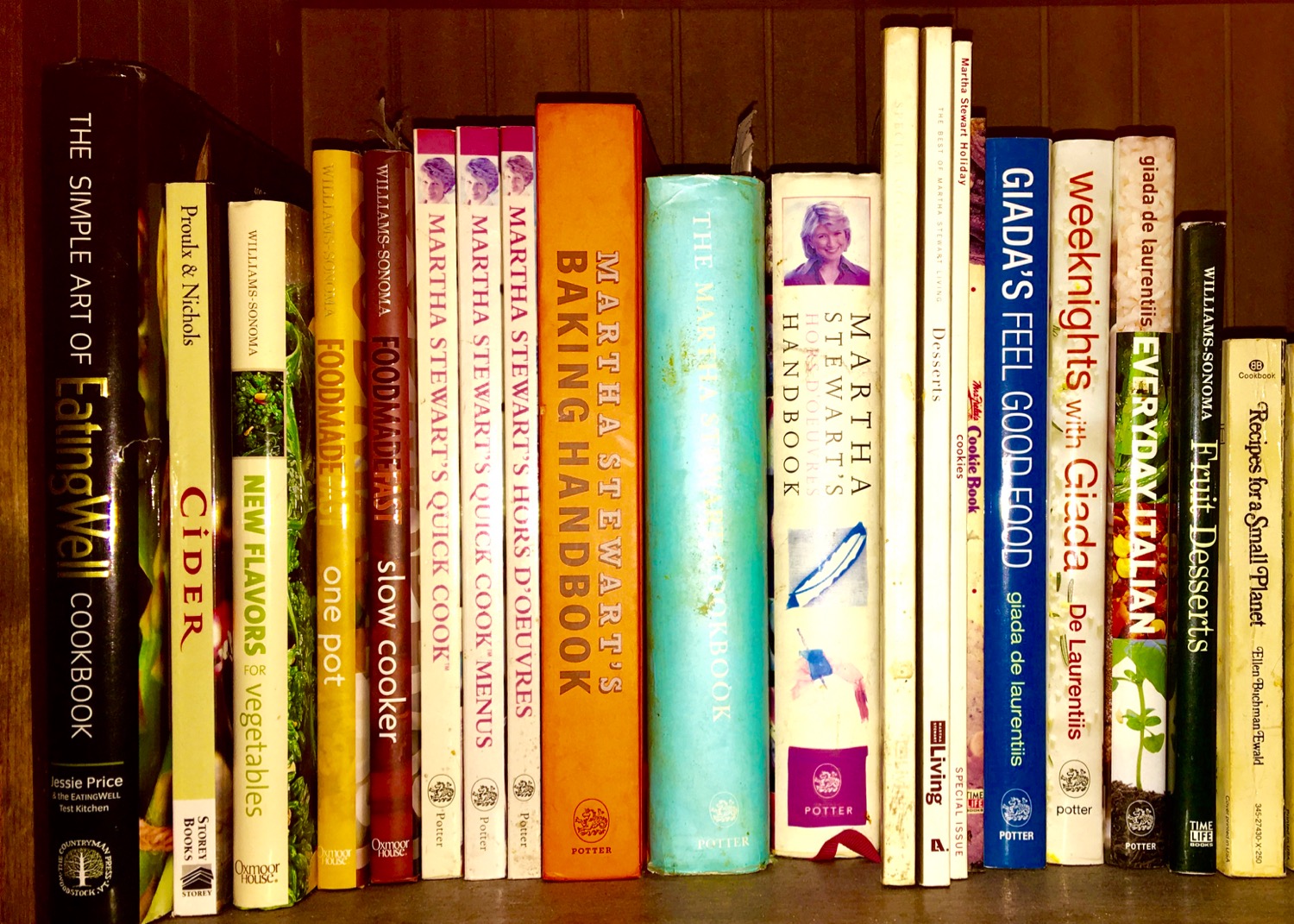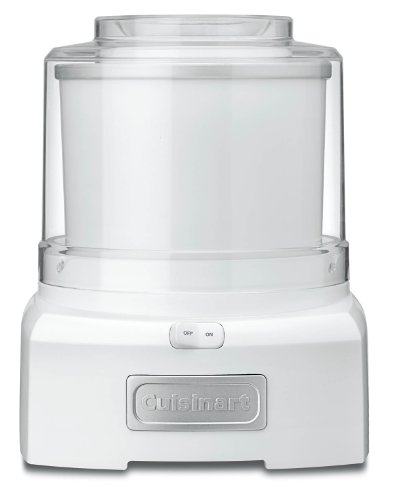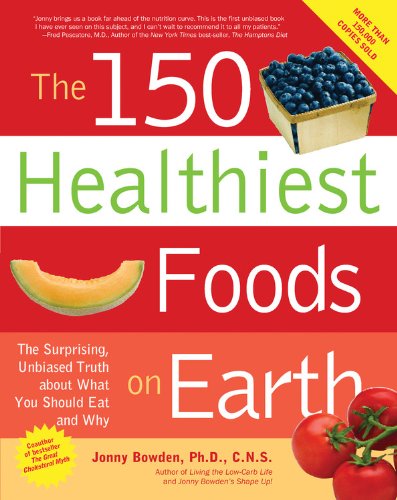Not a day goes by that I am not asked about one “cure all” or another. Wellness Wednesday has been a column devoted to just the opposite- the many, sometimes small things, which done repeatedly, amount to the “cure”. The “cure” offered by longstanding attention to wellness is none other than prevention.
Even when unpreventable illness or injury happens, wellness behaviors can make the difference between a good outcome and a bad one. We have so much power over our health but people scarcely realize it. Some realize it but are not up to taking that responsibility. It feels better to ascribe their poor health to genes, “toxins” in the environment, or something else. Strangely, empathy rather than blame is in order here. Why ? Because empathy is empowering and empowerment works. Once people get the message (though empathy) that they are not alone, they have the courage to begin improving their health related behaviors.
Taking charge of your health is easy and empowering from day one. That is the secret that popular media and medical professionals alike keep obscuring. It is not so much a matter of discipline as it is of planning. It need not take place all at once. Once people get the message that wellness behaviors are easy, and need not be hard to be helpful, they are more apt to do them.
How do people get these messages ? There is of course the popular media. To find this material about health maintenance you must be seeking it. These people are already on the right track. But what about others ? Here is where I believe the responsibility falls on all doctors to talk to patients about their health maintenance. Even before that, I believe it behooves all physicians to set a good example in this regard, and keep themselves as healthy and fit as possible. Nobody is perfect, and nobody should be held to an unrealistic or extreme standard. Yet, doctors should practice what they preach and lead by example.
Physicians offices should be set up to refer liberally to nutritionists, physical therapists, counselors and others who can specifically teach and monitor health maintenance behaviors. Physicians themselves should learn how to discuss sensitive matters like weight. They should ask about life at home and work to screen for interpersonal issues or abuse.
It is my hope that popular culture will increasingly embrace legitimate ideas about nutrition, fitness, mental health, and health care. By now, most people know how ideas travel though communities and social media. Good ideas are sticky, and should be circulated. For example, food and workout posts which we love to hate actually bring these ideas to the fore.
My website is a repository for health information related to Obstetrics, Gynecology and Health Maintenance. However, it has a limited readership. My plan to curtail blogging to Medical Mondays only is an attempt to get "more bang for the buck” and try another format for distributing this information. There are a couple decent books out there in this subject area, but mainly the field is lacking. I will be looking at the possibility of an ebook versus apps to serve as resources for women looking to improve their health. I hope you stay with me along the way.

































